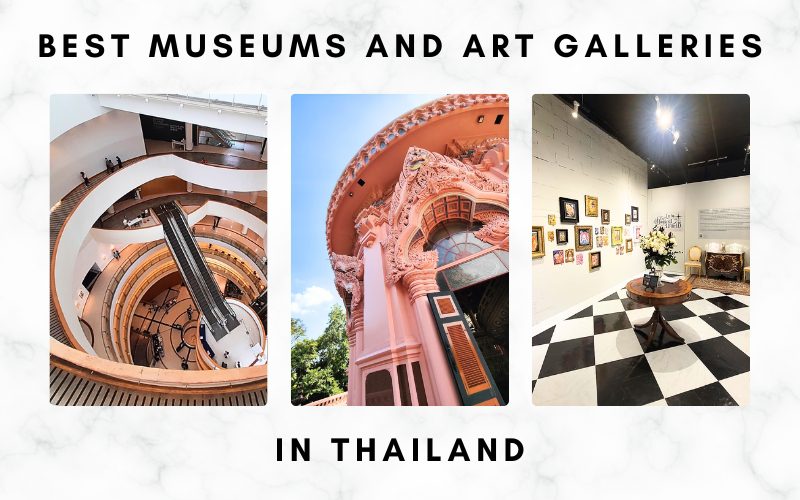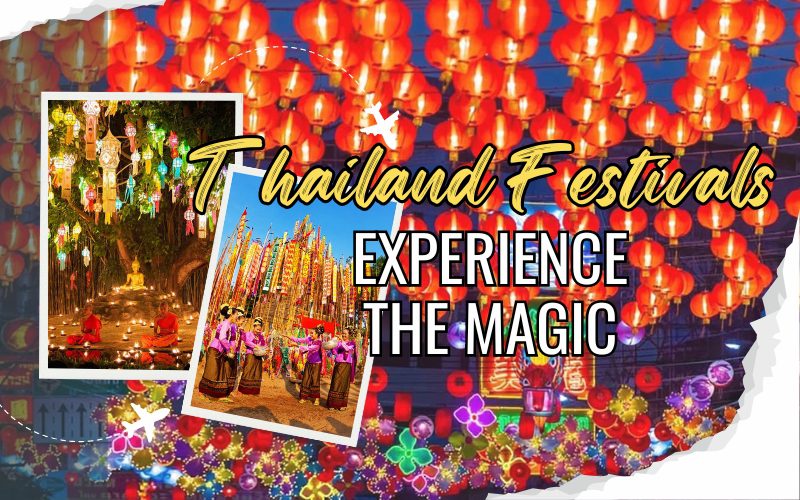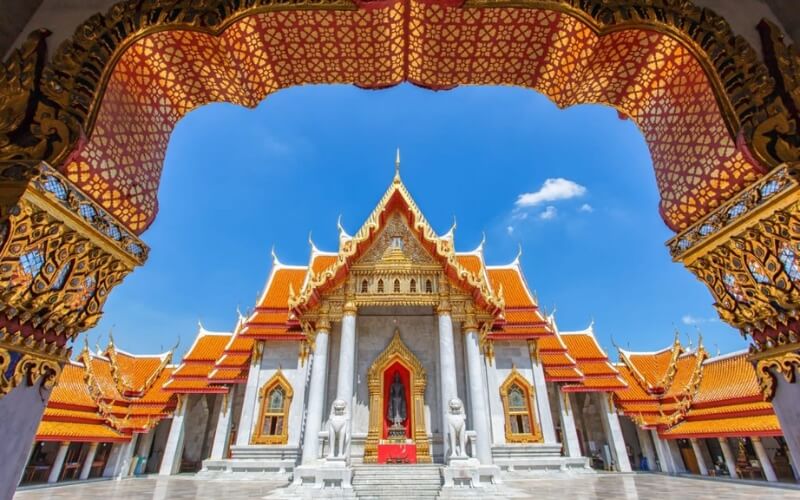Thailand is a nation deeply rooted in Buddhism and monarchy, yet its modern identity has been shaped by various influences such as Islam, Chinese migration, and Westernization since the early 20th century. The rich tapestry of Thai culture is reflected in its music, dance, cuisine, language, and art, creating a vibrant and diverse society.
Thailand’s History
Before Thailand was united, the area was home to several distinct empires, including the Khmer, Lanna, Mon, and Malay kingdoms. The first recorded Thai kingdom was Sukhothai, established in the mid-13th century. Sukhothai flourished as a leading regional power until the mid-14th century when the Ayutthaya Kingdom overshadowed it. Ayutthaya, located in the Chao Phraya Valley, rapidly expanded by trading with China, India, Persia, and European merchants. By the 16th century, Ayutthaya had become a dominant power, occupying the legendary Angkor site from the Khmer Empire and absorbing the northern Lanna Kingdom. However, in 1767, Ayutthaya was destroyed by an invading Burmese army. Today, travelers can explore the Phra Nakhon Si Ayutthaya Historical Park ruins.
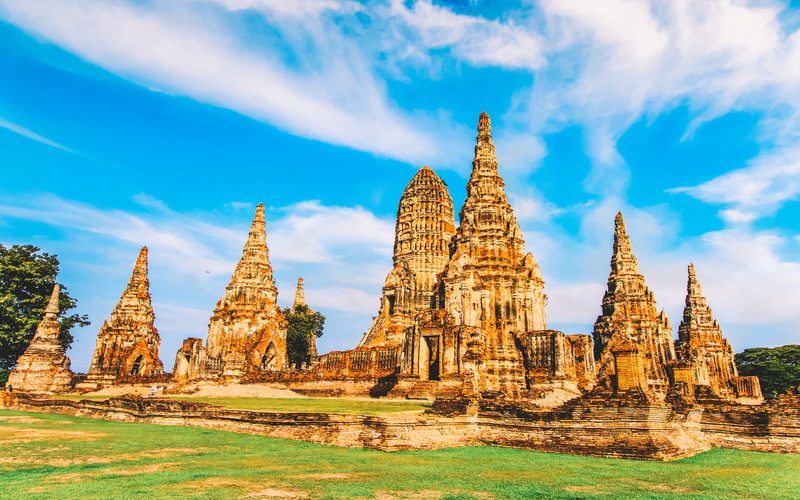
Ayutthaya Historical Park
After the fall of Ayutthaya, King Taksin moved the population to Thonburi and established a new capital along the Chao Phraya River. His successor, King Chakri, relocated the capital to its present-day location in Bangkok, founding the Chakri Dynasty, which still reigns today. The Rattanakosin period, marking the dynasty’s establishment is showcased in places like the Siam Museum and the National Museum in Bangkok.
Thailand remained a sovereign state during the colonial era, using the British and French rivalry to create a buffer zone between their empires. In 1932, Thailand transitioned from an absolute monarchy to a constitutional monarchy following the first of many military coups. The country became a key U.S. ally during the Vietnam conflict and evolved into a manufacturing powerhouse during the 1960s and 1970s, despite political instability.
The 1980s saw numerous military coups, but Thailand emerged as a leading Southeast Asian nation with a stable economy driven by agriculture and tourism. However, the 1997 Asian economic crisis severely impacted the country. In 2006, a bloodless coup ousted Prime Minister Thaksin Shinawatra amid corruption allegations, leading to ongoing political division. Thaksin’s sister, Yingluck Shinawatra, later became prime minister but faced similar political challenges.
Culture
Buddhism is the predominant religion in Thailand, with a significant Muslim population in the south. Thai temples, known as wats, are renowned for their golden decorations and ornate structures. Prominent temples in Bangkok include Wat Pho, Wat Arun, and Wat Phra Kaew, while Wat Phra Doi Suthep in Chiang Mai is another major site.
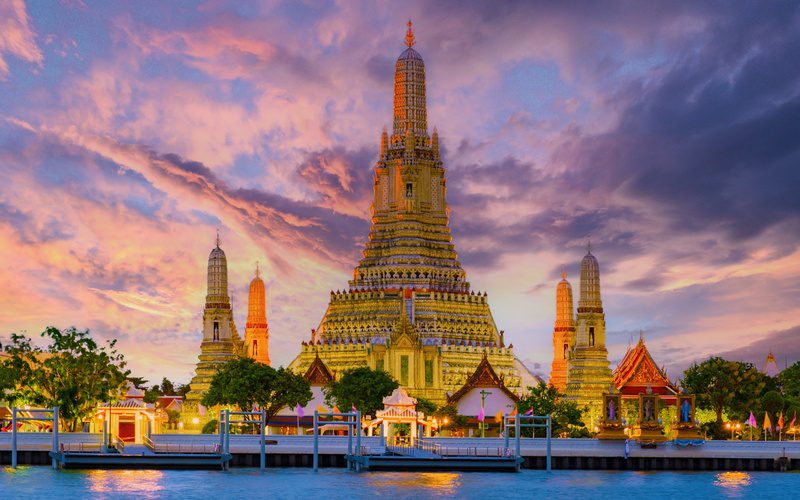
Wat Arun
Respect for the monarchy is paramount in Thai society, and any criticism of the royal family is strictly prohibited. Cultural norms also dictate that touching someone’s head or pointing with feet is taboo. Light skin is highly valued, leading to the popularity of skin-whitening products.
Belief in spirits is widespread, with spirit houses commonly found outside homes and offices. Muay Thai, a martial art known as “the art of eight limbs,” is the national sport, showcasing fighters’ use of fists, elbows, knees, and legs. Football, particularly the English Premier League, is another popular sport in Thailand.
In summary, Thailand’s history and culture are shaped by its religious traditions, monarchical heritage, and a blend of diverse influences. From its ancient kingdoms to its modern-day vibrancy, Thailand offers a rich cultural experience, marked by deep respect for its traditions and a dynamic adaptation to contemporary influences.
